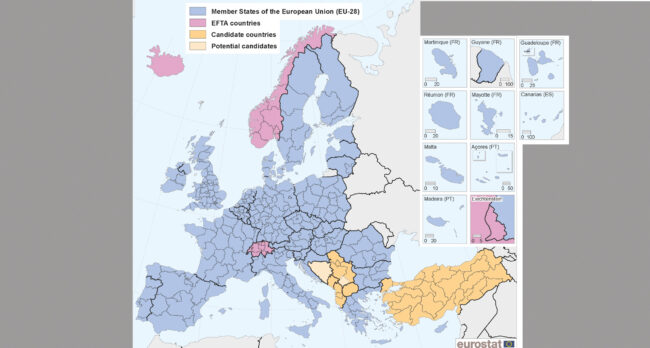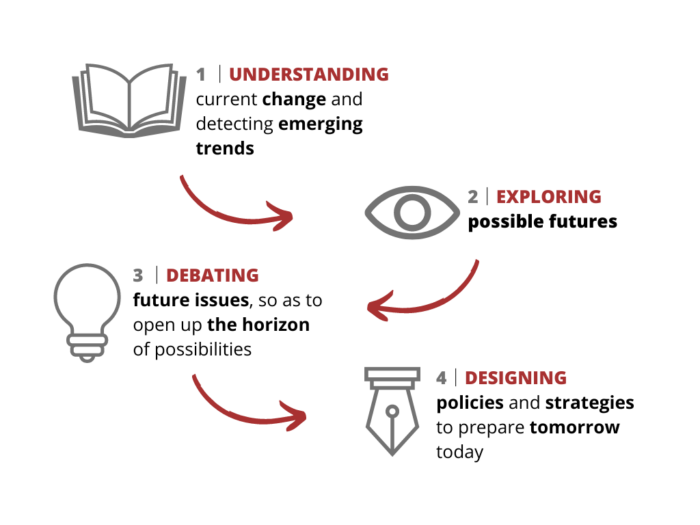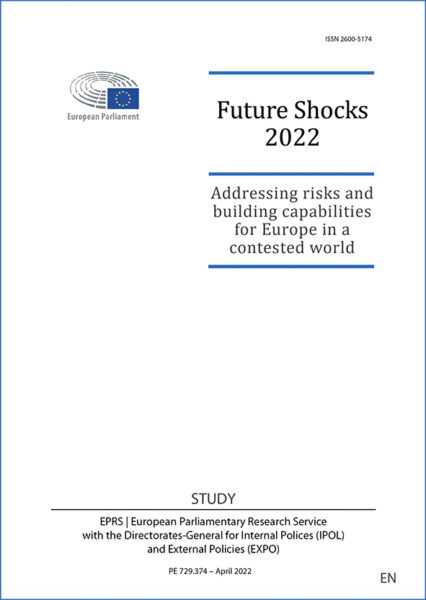Following the territorial reform begun in 2014, marked by the move from 22 to 13 regions in 2016 and by the development of ‘inter-communality’, France has seen the number of its local administrative authorities fall a little; it nevertheless remains among EU member states with the greatest number of territorial units. Despite efforts at simplification, of which Jean-François Drevet reminds us in this article, advances have come slowly and the present fragmentation of decisional levels does nothing to simplify governance for citizens. Similarly, even if the institutional development of the European Union (by ‘baby steps’) has made it possible increasingly to delegate some member-state competencies to the European level, the decision-making process (particularly the requirement for unanimity in some key matters) also has a cost, not only in terms of efficiency but also of image. With the Russia-Ukraine conflict, as with policy toward Turkey some years ago, the limits of the system are showing, as is the need to strengthen the EU’s decision-making capacity, so that it can react more quickly and nimbly. New institutional developments are essential for this, in the direction of greater federalism; as a consequence, France will very definitely have to reconsider its choices at all levels of its governance structures.
Europe, France and Multi-tier Governance
European Chronicle
26 April 2022
2 min.
Cet article fait partie de la revue Futuribles n° 448, mai-juin. 2022



